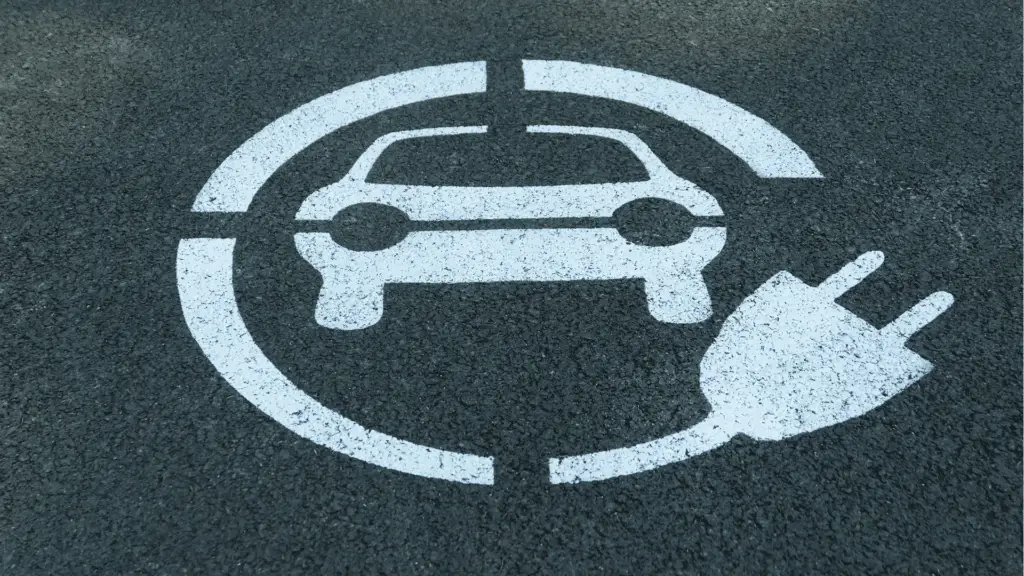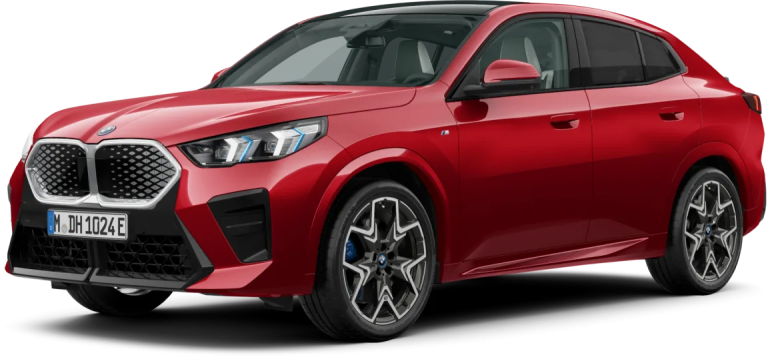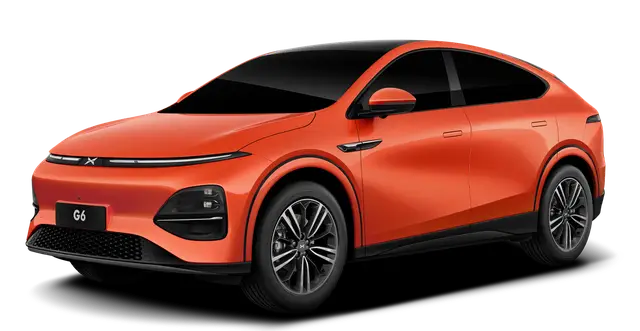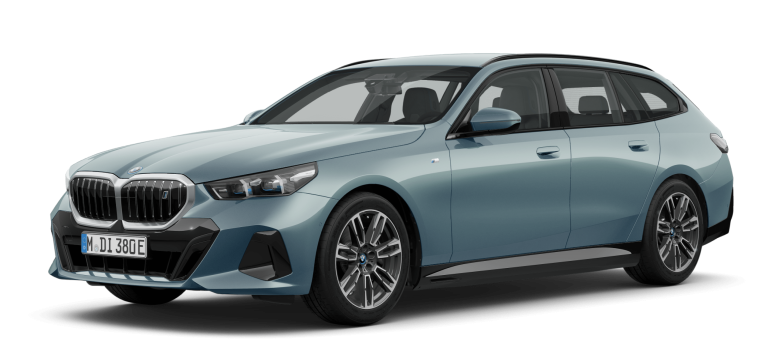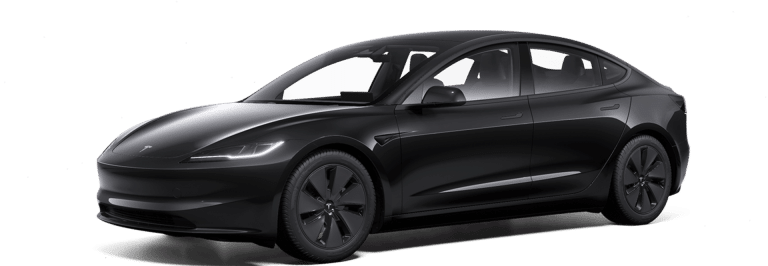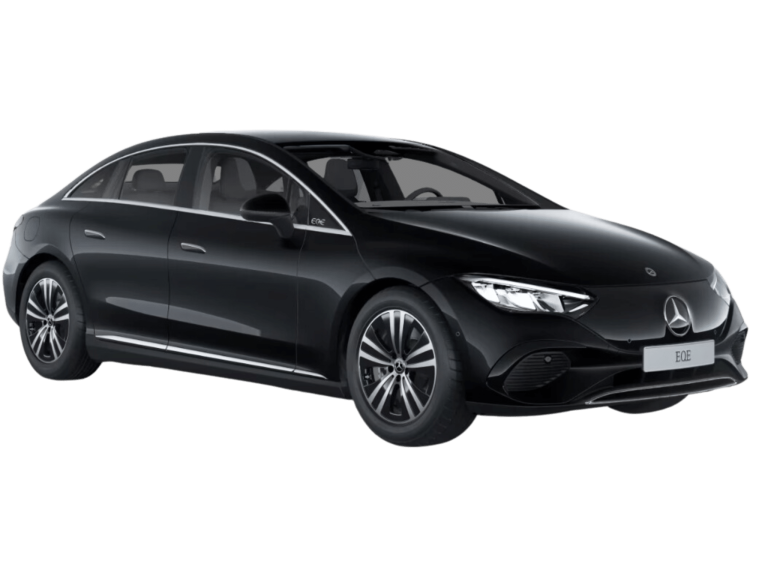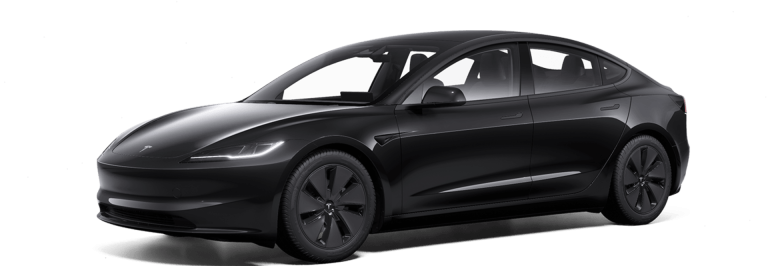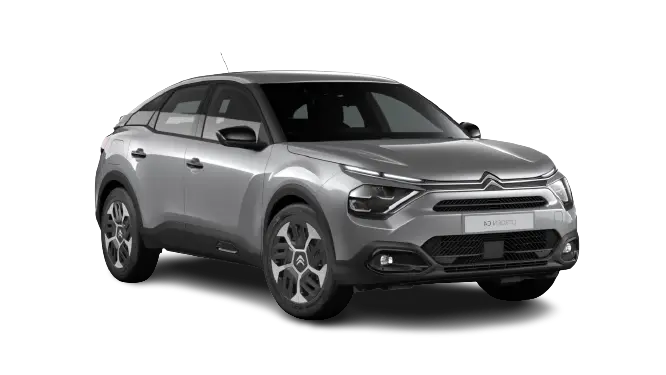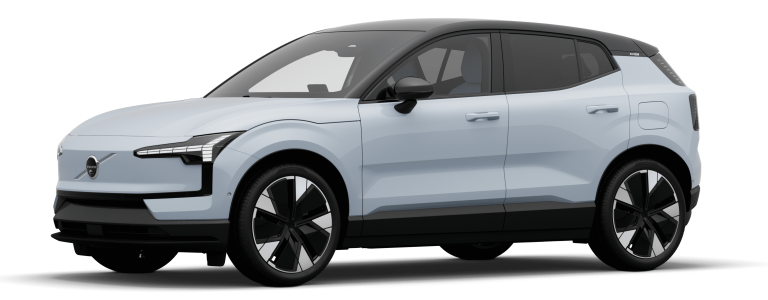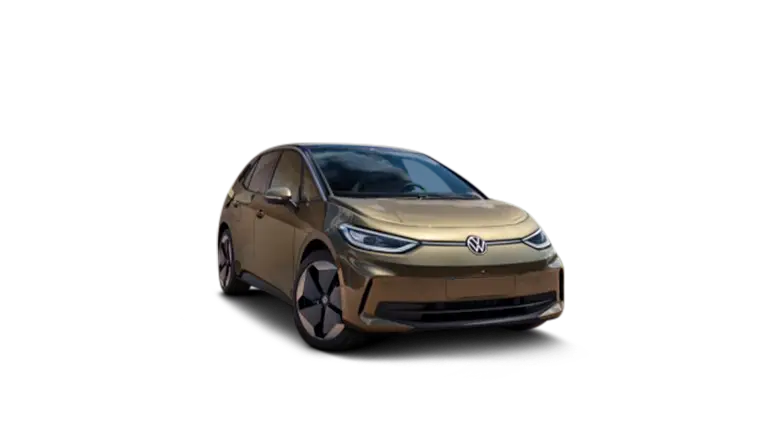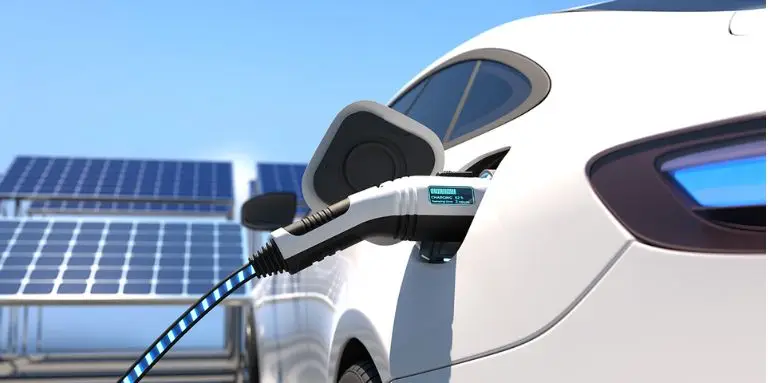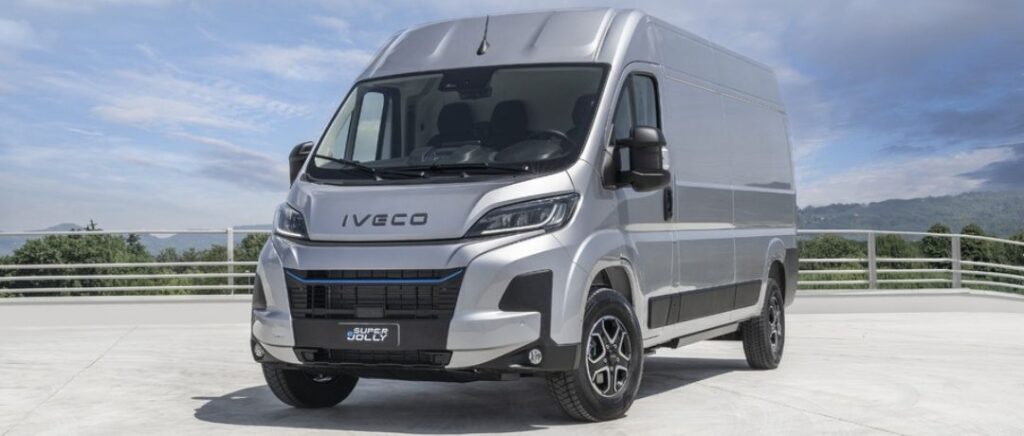Leasing vs. buying: 4 common misconceptions deciphered for you
New car registrations jumped +18.9% in July 2018, and this trend seems to be continuing in France. Electric cars are also the most promising.
If 2018 was rich in new registrations for the automotive market, it's likely to be even more promising for 2019. Between manufacturer-side news and ever-changing French legislation, fasten your seatbelt to decipher 4 preconceived ideas on the eternal debate: should you buy or lease your next vehicle?
Myth n°1: Leasing is expensive
Buying an electric car is a major investment in time and money. Cars are still the third biggest expense for French households. And a new car means new surprises: servicing, maintenance and insurance. Not to mention depreciation....
All these expenses are a cause of stress and don't allow you to stabilize your car budget.
Very often, it makes more sense to lease than to buy a car. No down payment, no stress. The promise of leasing is that you no longer bear the risk of loss of value, mechanical and other breakdowns, and changes in legislation, and that it gives you greater control over your budget. Leasing is: a new car, all inclusive.
Myth no. 2: Leasing is a scam
Of course, this is not true. Leasing contracts are generally all-inclusive: servicing, maintenance, financial loss... And always a manufacturer's warranty. Some people get caught out and curse car leasing, but it's generally more cost-effective to take out a leasing contract when you want a new car.
That said, caution is advised: before signing a leasing contract, it's very important to read between the lines to ensure that the monthly instalments paid are commensurate with the services included in the lease.
Whether it's a long-term lease(LLD) or a lease with option to purchase(LOA), the research phase is very important: it allows you to compare the different quotes and to measure every aspect of the terms of the contract you're about to sign. Your future car will generally be on a 48-month contract, so it's important to make sure you've chosen the right one.
Myth no. 3: It's better to buy a new car than lease one.
True and false. It depends on the model and how you use the car. If you're a heavy user, there's no point in buying a car: after 4 years, the residual value of your vehicle will be ridiculous, and long journeys will have worn out your car, costing you a fortune in maintenance and upkeep. Your new car will have cost you a lot of time and energy, only to be worth nothing after just a few years. A leased car, in this case, would have been a good idea: you'll have paid nothing in upkeep and maintenance, and you take no risk given the number of kilometers you've driven. Do you want to change your car regularly?
Myth no. 4: There's no point in spending money if you don't own it in the end.
False. On the one hand, as part of a leasing contract, it is possible to have an option to purchase or LOA, which is an alternative financing solution to the simple leasing of a car. In this case, the leasing contract allows the lessor to keep all his options and buy back the car at the end of the contract.
🔍Example: Imagine you buy a Clio Diesel in 2014 with an option to purchase. It's 2018 and your 48-month LOA contract is coming to an end: in view of new legislation and the anti-diesel policy, your Clio won't fetch much on resale. In this case, it's a good idea not to exercise your purchase option and to return the car to the lessor, as the vehicle's residual value will be higher than the resale price.
On the other hand, ownership is not necessarily the Holy Grail when it comes to cars. Unlike real estate investments, cars rarely increase in value over time, so it's unwise to invest a large sum of money with downpayments and a consumer loan with interest for an asset that will inevitably lose value.
To sum up, leasing suffers from a poor image in France, due to non-transparent charges on offers, whereas in most cases it can avoid a number of surprises and save lessors money. In addition to being able to move upmarket (like buying real estate versus leasing), leasing allows you to keep to a fixed monthly budget, and offers peace of mind to motorists who can simply enjoy their car without having to look after it. All in all, car leasing is an option not to be dismissed.
Golden rules for a successful electric car lease
Transport is the third largest item of household expenditure in France, after housing and food. Vehicle-related expenses weigh heavily on household purchasing power. That's why it's vital to choose the right leasing contract, and to follow these few rules, so that you can look forward to finding and owning a vehicle through leasing with complete peace of mind.
Rule 1: Identify your needs
It may seem obvious, but it's crucial to determine how your next vehicle will be used. Leasing is above all a contract. The contract commits the lessee to a fixed term (e.g. 48 months). The leasing contract includes a monthly rental payment, proposed services and a set mileage. If you exceed the stated mileage at the end of the contract, you will be subject to a penalty per kilometer exceeded. If the odometer falls below the forecast, you will not be reimbursed, and your monthly payments would have been lower.
We've already looked at the different types of car leasing, from long-term leasing (LLD ) to leasing with an option to buy(LOA), which we cover in this article. These different financing solutions help you choose your new car.
So what are you going to use your next car for? Is it going to be the household's main vehicle, or is it going to fetch the bread on Sundays?
💡Did you know? The average mileage driven per car per year is 13,500 km according to Insee.
Rule 2: Patience is key
Now you know your budget for your leased car. So which one will it be? Leasing is an ocean teeming with offers There's everything you could wish for: new, used, leasing with or without purchase option, offers on the Internet or in dealerships, with or without down payment, etc. So you need to be patient and take your time to find "your contract". So you need to be patient and take the time to find "your contract". Patience is crucial to your leasing success.
Rule 3: Read the contract conditions carefully
Now we're getting close: you've found the right rental contract for your needs. The big question we often ask ourselves is: what services will be included in our contract? Don't be too hasty, it's your vehicle we're talking about, so look at the little *'s in the contract. We're all too familiar with the "from 129€/month" advertising campaign; to end up signing a contract for 299€/month over 4 years. Sometimes for the same vehicle, two different rents are displayed.
On the red side, does not include : start-up and registration fees, no-claims bonus, assistance and maintenance, insurance and tires. On the blue side, the more expensive monthly payment includes : all the above except tires.
Read the asterisks on the contracts carefully, and take out your calculator. And don't forget, the most expensive part is maintenance. So get calculating!
So be careful not to sign a contract by pouncing on the first offer that passes under your nose.
Rule 4: The customer is king
We've said it before, and we'll say it again: leasing is an ocean teeming with offers, and one of the advantages for us consumers is that we can play the competition off against each other. You've done your research and found two companies offering the same services, but at different rental rates. Well, the good news is that you're in a strong position. Why should that be? Because the market is full of offers, and they want to satisfy demand (you) even if it means cutting their margins. Now's the time to puff up your chest and compare quotes to keep your monthly payments down.
What is the debt ratio?
Whether you're looking to buy a property or take out a car leasing contract, you first need to know your borrowing capacity before taking any steps. Here we explain how to calculate your debt-to-income ratio (which will enable you to calculate your borrowing capacity), so that you can go through your financial study with complete peace of mind and enjoy your new car.
The debt ratio is - very often - used by credit and banking institutions to assess your theoretical repayment capacity. It compares your total income with the total amount of your financial obligations.
Debt ratio: what will change in 2022?
The Haut Conseil de Stabilité Financière (HCSF) has revised the conditions for granting mortgages. As of January 1, 2022, for anyone wishing to buy a property, the maximum level of indebtedness not to be exceeded is set at 35 %compared with 33% previously.
In addition to this change, the maximum term of a property loan is 25 years. If you wish to buy a new property, or one that is the subject of a works program, you will be able to benefit from an additional 2 years on bank loans, if the amount represents 25% of the acquisition cost.
This rule was put in place to ensure that borrowers are able to repay loans on time, and thus protect them from over-indebtedness.
What's more, if borrowers have a rate of over 35%, the banks will only have to process 20% of the files, to decide which borrowers can benefit from this exception.
In fact, all banking establishments are regularly monitored by the Autorité de Contrôle Prudentiel et de Résolution, to ensure that they apply the new rules. If they fail to do so, they will be subject to financial penalties.
How do you calculate your debt ratio?
To find out your debt ratio, there's a simple formula:
Debt ratio = Charges (loans, rent, pension you pay) x 100 / Income (salaries, grants, pensions received, rents received)
Here's a simple example to help you understand.
- You earn 2500€ and your rent + charges is 800€.
- Your debt ratio is = 800€/2500€ = 32%.
In most cases, if your debt ratio exceeds 33%, it's almost impossible to get a loan or lease. You'll need to think about other financing solutions for your automotive project.
To get an overall view of your indebtedness, you can do the following this simulation.
Tip: If you're aiming for a lease with no down payment, don't hesitate to make one to lower your monthly payments and give yourself the best chance of obtaining financing for your vehicle.
⚠️ Most of the timethe rate of 35 % can be insignificant if living expenses are deemed adequate.
Good to know: The "reste-à-vivre" is a key indicator of a household's standard of living, particularly when it comes to assessing debt capacity. The "reste-à-vivre" is what a household has available to live on for a month, after paying its fixed expenses.
Yes, but what's that got to do with me?
The debt-to-income ratio enables credit agencies to decide whether or not to finance your car. The debt ratio is used by virtually every company that grants loans, whether in the form of a personal loan, a mortgage or any other financing plan. It determines whether or not you are eligible for credit.
What is included in my income?
All revenues are likely to be included in income:
- Salaries
- Pensions (state or post-divorce)
- Aids
- Rent received if you own a property
What is not included in my income?
Some incomes are not included in the calculation of the debt ratio.
- Income from micro-business or auto-enterprise activities (in most cases)
- Disability pensions (in certain cases)
- Income that is too recent (not shown on a tax form)
- Of course, income from an undeclared activity
- Income from abroad
What is included in my charges?
When we study your long-term leasing (LLD) application, several fixed charges are likely to be taken into account in calculating your debt ratio.
- Rent amount
- Housing costs, including insurance, water, electricity, heating, etc.
- Mortgage amount
- Pensions payable, if any
How can I improve my debt ratio?
In most cases, if the debt ratio exceeds 35%it's almost impossible to get a loan or lease. You'll need to think about other financing solutions for your automotive project.
Here are three solutions solutions in this case:
- It is possible to renegotiate your current loan (e.g. mortgage) and smooth out repayments over a longer period. With a longer repayment period, you'll have lower monthly payments to make, and your debt ratio will be lower.
- If you can, you can pay off your consumer loans. In fact, if these loans are not fully repaid and they add to your expenses, your file will be penalized.
- It's possible to take out a leasing contract as a couple: this will increase your income and lower your expenses. Your leasing budget will be higher, and you'll be able to enjoy a leased car together. When you sign the contract, both names will appear on it.
- You can also call on the services of a professional in this field, who can give you sound advice on how to reduce your debt ratio.
The debt-to-income ratio enables credit agencies to decide whether or not to finance your car. The debt ratio is used by virtually every company that grants loans, whether in the form of a personal loan, a mortgage or any other financing plan. It determines whether or not you are eligible for credit.
